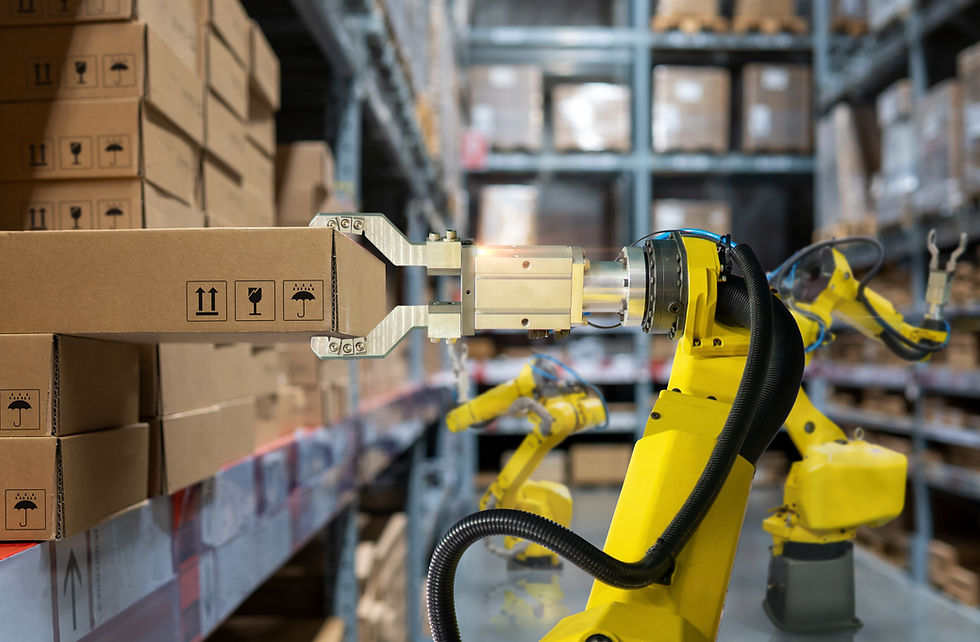Deep Learning in Computer Vision: Understanding CNNs, YOLO, and ResNet
- Liz Gibson
- May 1
- 3 min read
Updated: Aug 8
Over the last decade, deep learning in computer vision has transformed how machines perceive and analyze visual data. From detecting tumors in medical scans to enabling real-time pedestrian detection in autonomous vehicles, deep learning models are now at the heart of modern computer vision systems.
At the core of this revolution are three powerful architectures: Convolutional Neural Networks (CNNs), YOLO (You Only Look Once), and ResNet (Residual Networks). Each plays a critical role in enabling machines to not only “see” but to understand visual information with high accuracy and speed.

The Foundation of Deep Learning in Computer Vision: CNNs
Convolutional Neural Networks, or CNNs, are the backbone of deep learning for image-related tasks. Unlike traditional neural networks that treat images as flat, unstructured data, CNNs are designed to process grid-like inputs such as pixels in an image.
CNNs use a layered structure composed of:
Convolutional layers to extract features such as edges and textures
Pooling layers to reduce dimensionality and focus on essential patterns
Activation functions (like ReLU) to introduce non-linearity and enable complex pattern recognition
Through these mechanisms, CNNs gradually build an understanding of an image—starting from basic lines and shapes to highly detailed features like eyes, logos, or road signs.
Applications of CNNs include:
Facial recognition
Image classification
Handwriting recognition
Medical image analysis
YOLO: Real-Time Object Detection at Speed
YOLO (You Only Look Once) redefined object detection by enabling real-time processing. Traditional detection models follow a two-step process: first locating objects in an image and then classifying them. YOLO, however, performs both tasks in a single neural network pass.
This unified architecture dramatically improves speed without compromising much on accuracy. YOLO divides the input image into a grid and predicts bounding boxes and class probabilities simultaneously.
Because of its efficiency, YOLO is used in:
Autonomous vehicles for pedestrian and object detection
Surveillance systems for real-time threat recognition
Augmented reality applications for object overlay and tracking

ResNet: Solving Deep Learning’s Depth Problem
One of the challenges with early deep networks was the vanishing gradient problem—where deeper models failed to learn effectively. ResNet solved this with skip connections, which allow layers to bypass one another, preserving important gradient information during backpropagation.
This architectural breakthrough enabled networks with hundreds of layers, leading to superior performance in image classification benchmarks like ImageNet.
ResNet is widely used in:
Fine-grained image classification
Medical diagnostics
Scene recognition and image captioning
How Deep Learning in Computer Vision Is Changing the World
The impact of deep learning in computer vision spans multiple industries:
Healthcare: Early disease detection, tumor classification, and surgical planning
Retail: Visual search, inventory tracking, and customer analytics
Manufacturing: Defect detection and robotic vision
Security: Biometric authentication and real-time threat detection
Moreover, with advancements in synthetic data, model efficiency, and edge computing, these models are now becoming more accessible to startups and smaller organizations—not just tech giants.
Final Thought: What’s Next for Deep Learning in Computer Vision?
As hardware improves and datasets grow, the possibilities for deep learning in computer vision are expanding rapidly. Emerging techniques like transformer-based vision models (e.g., Vision Transformers or ViTs) and self-supervised learning are pushing boundaries even further.
But at the foundation of this movement remain powerful, proven models like CNNs, YOLO, and ResNet—architectures that continue to define the state of the art in machine perception.



